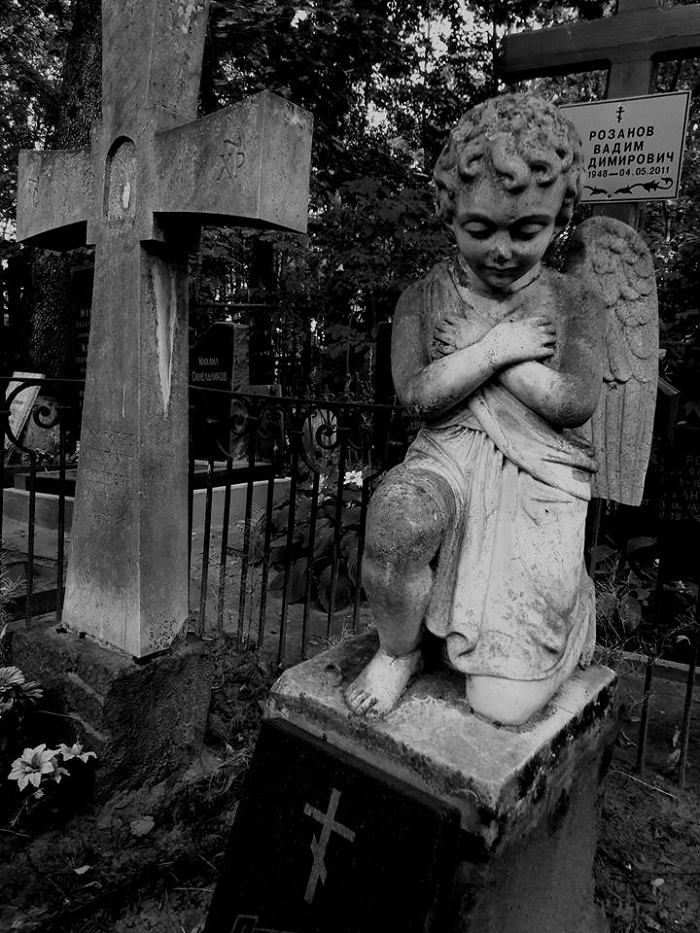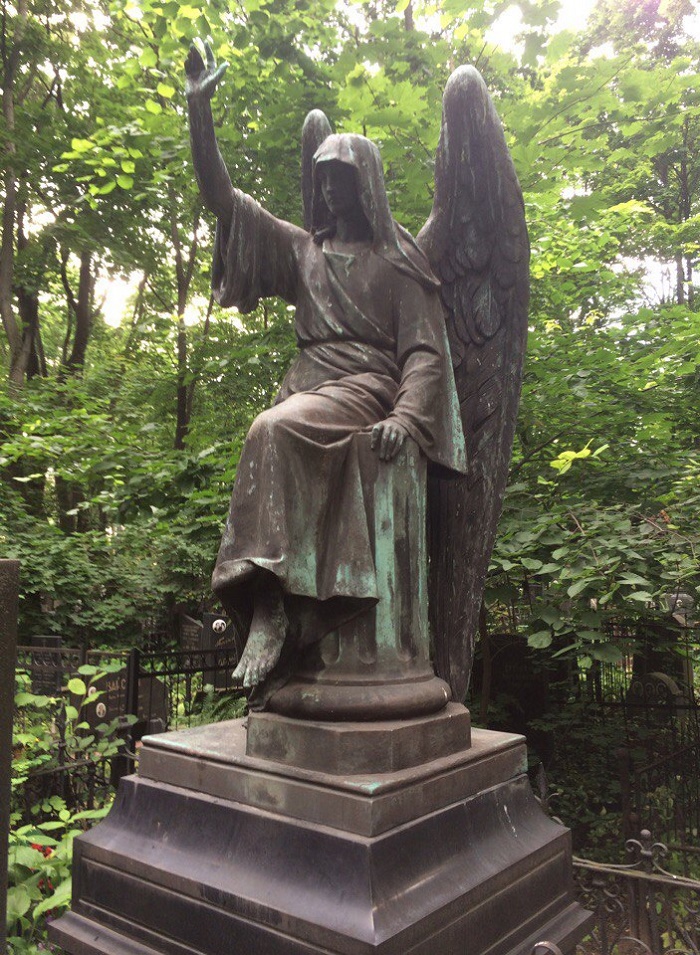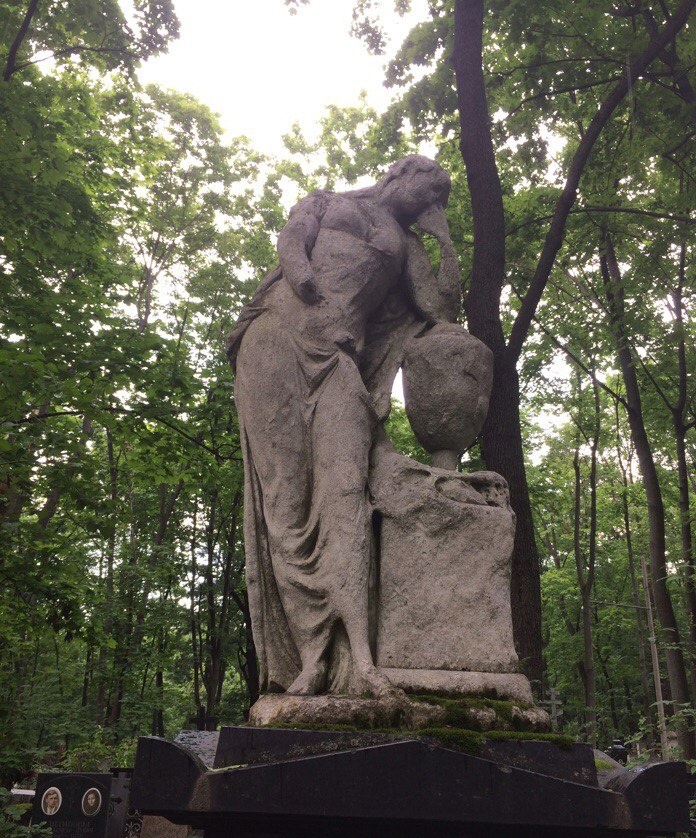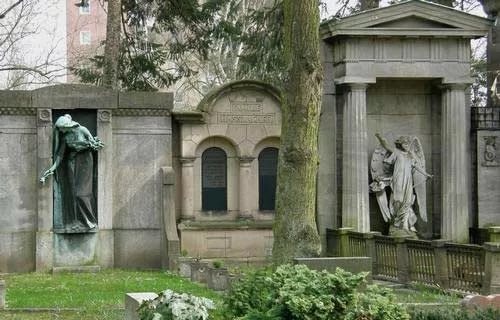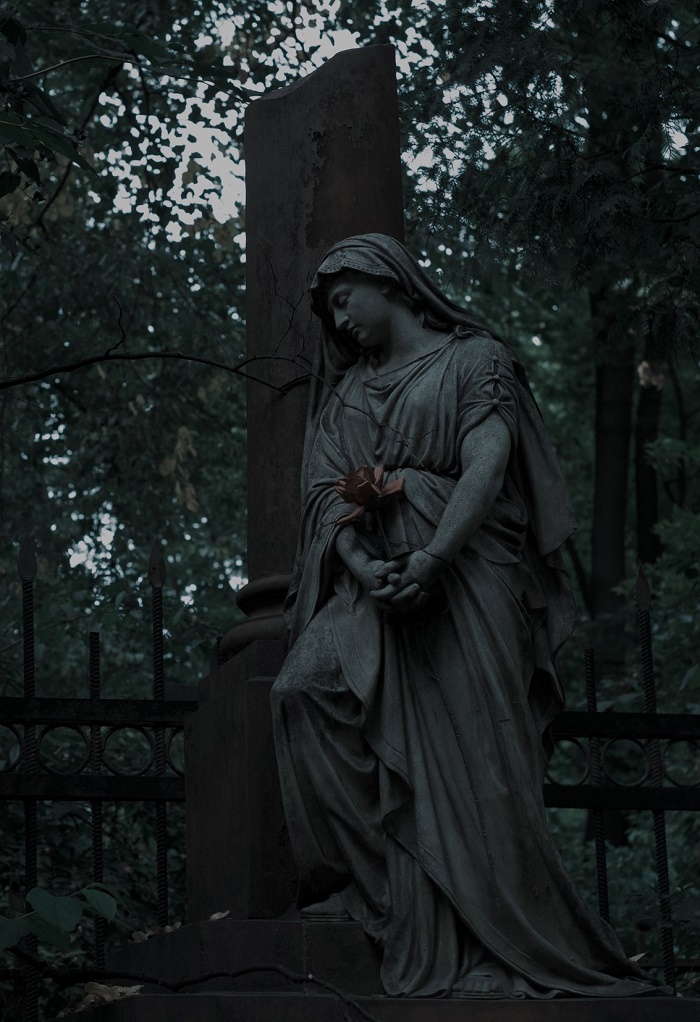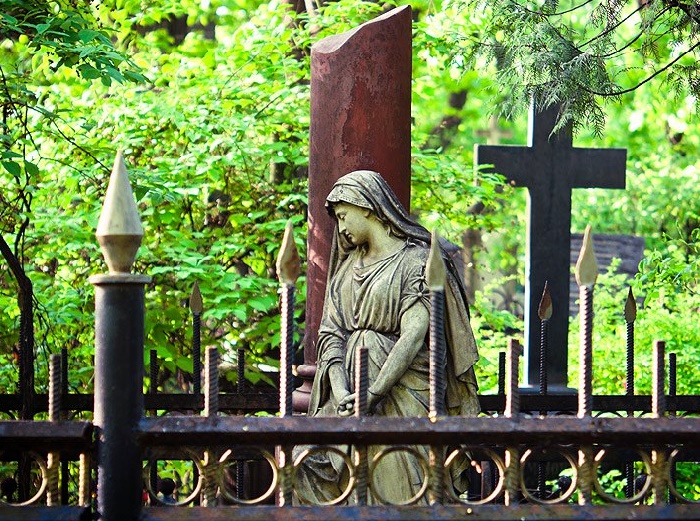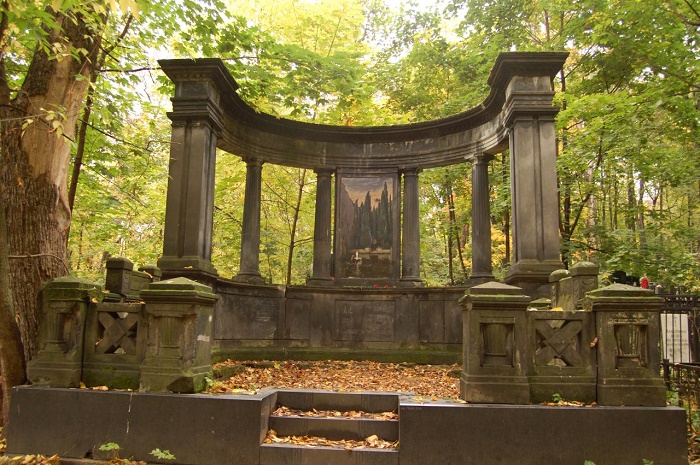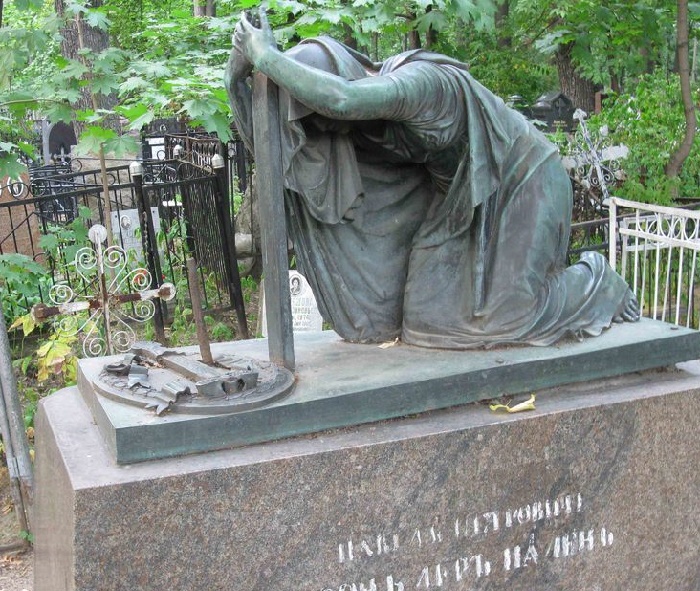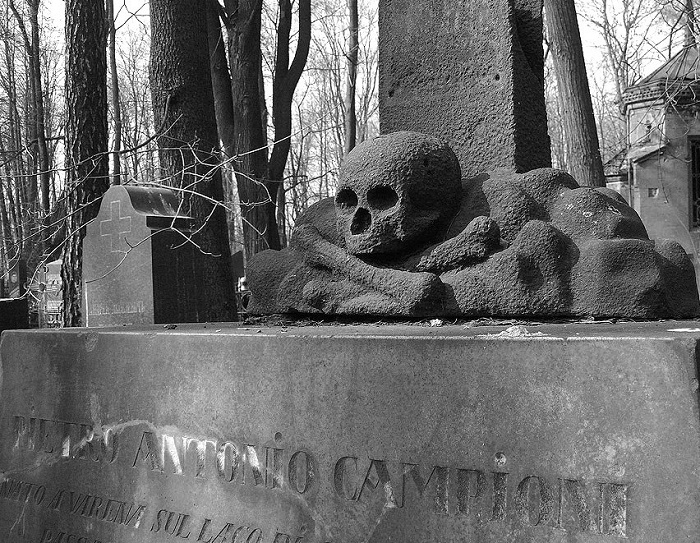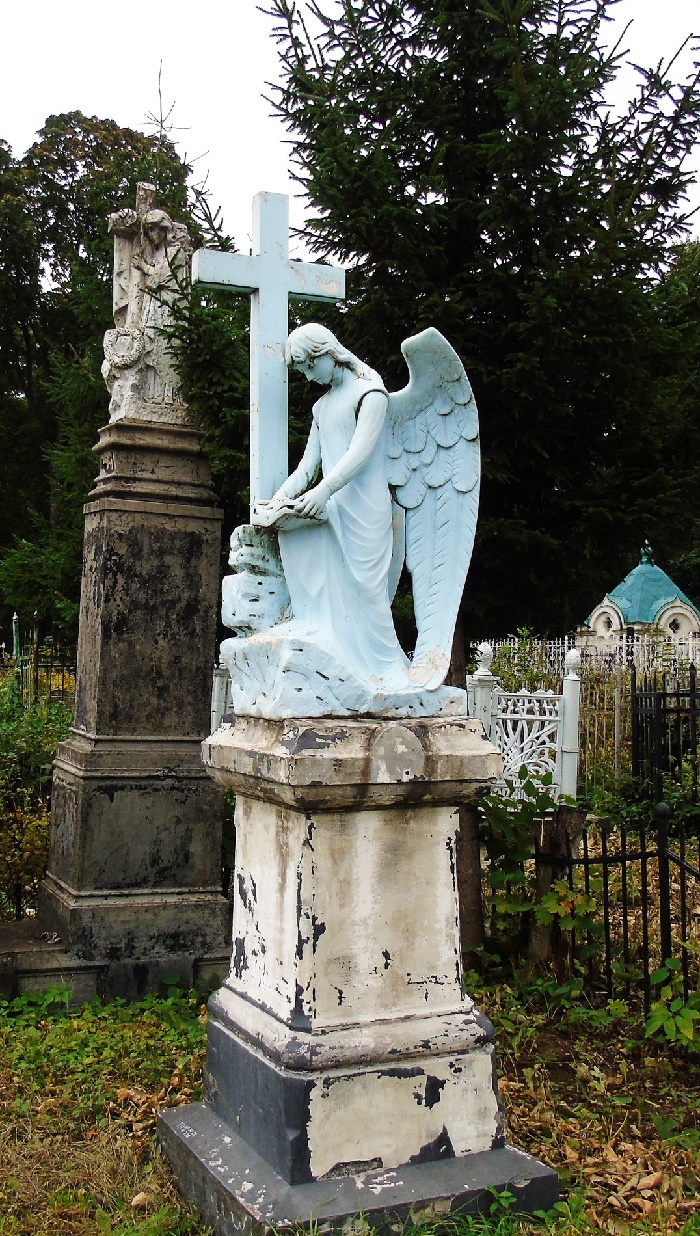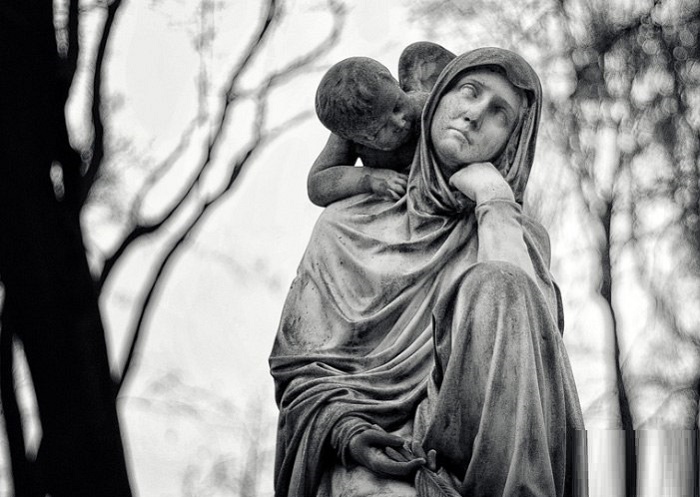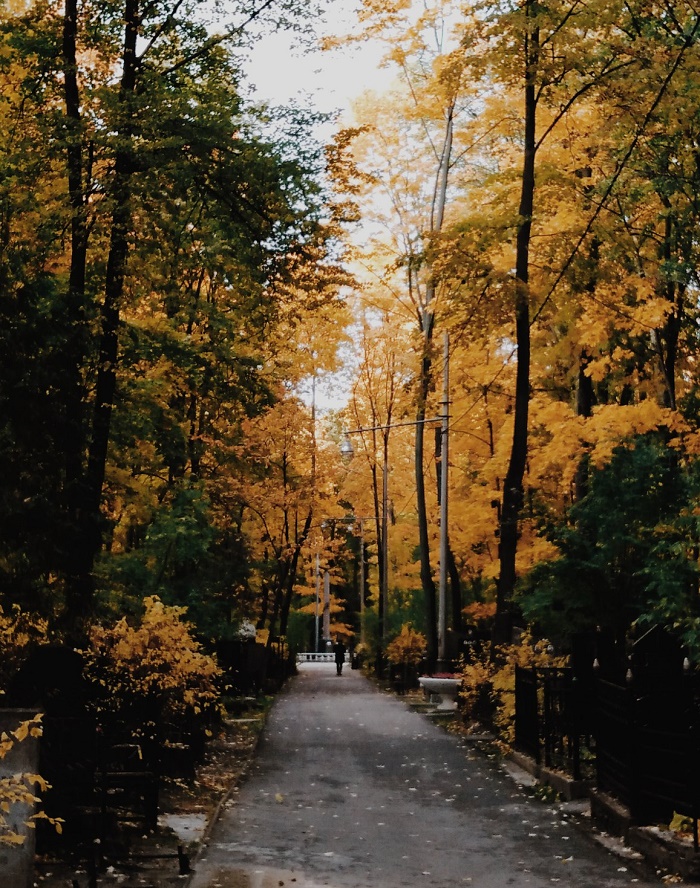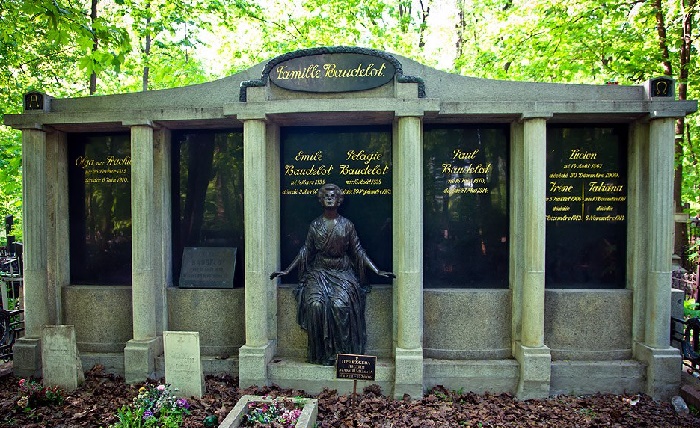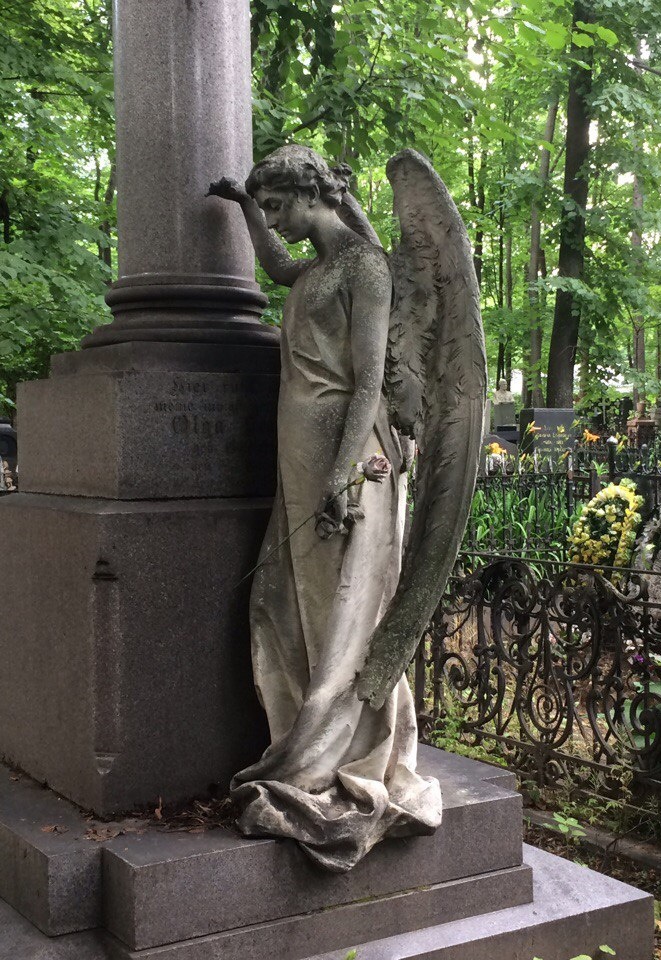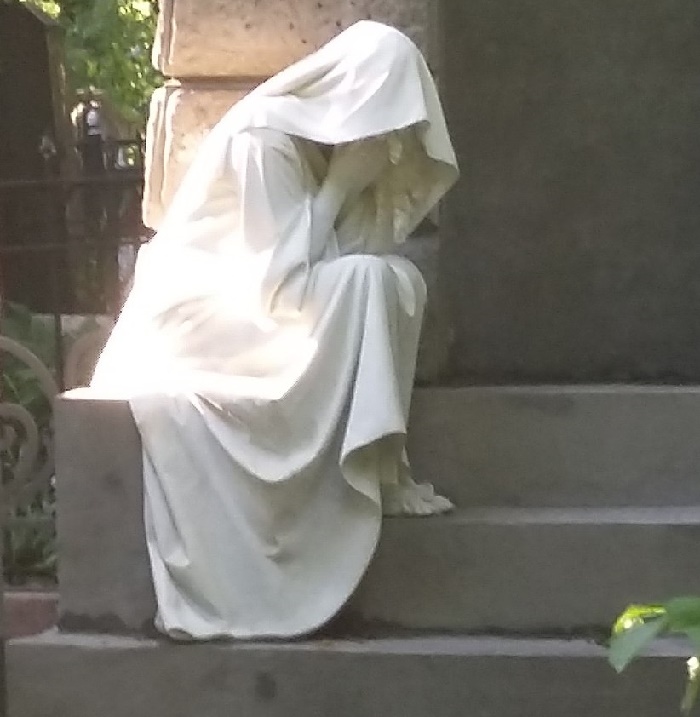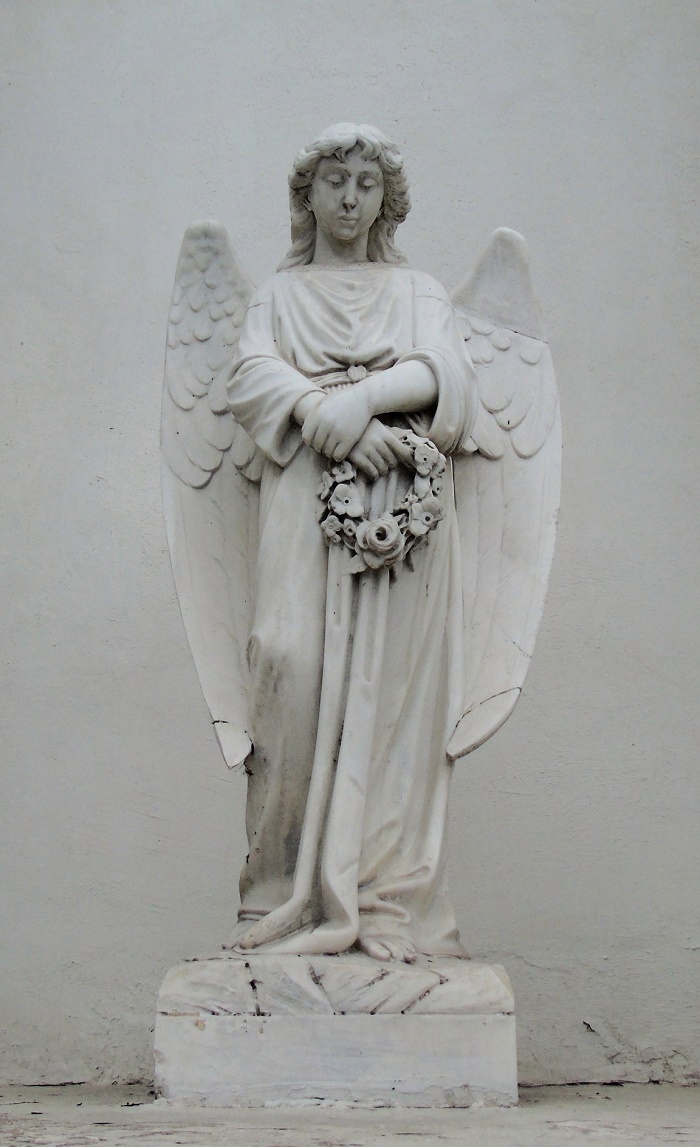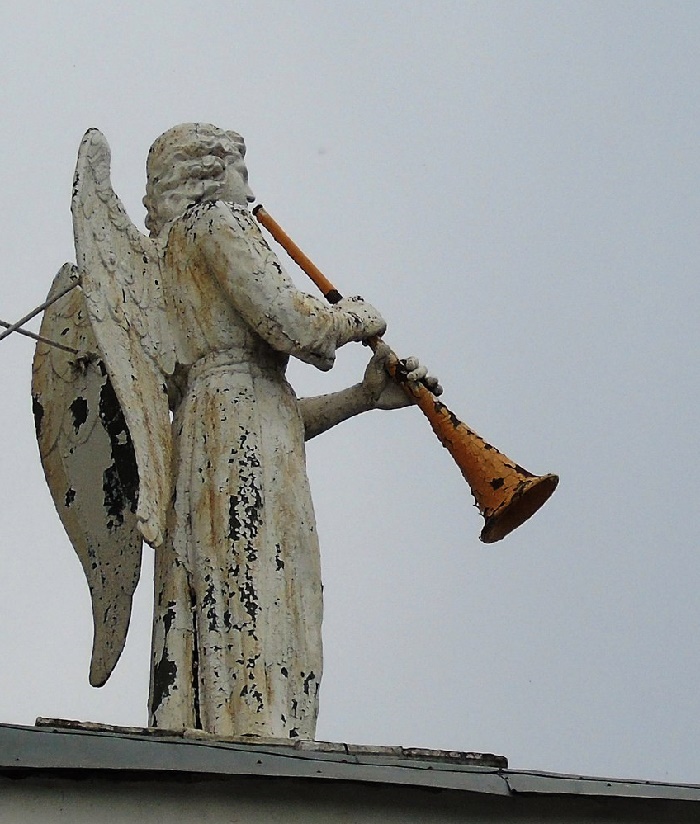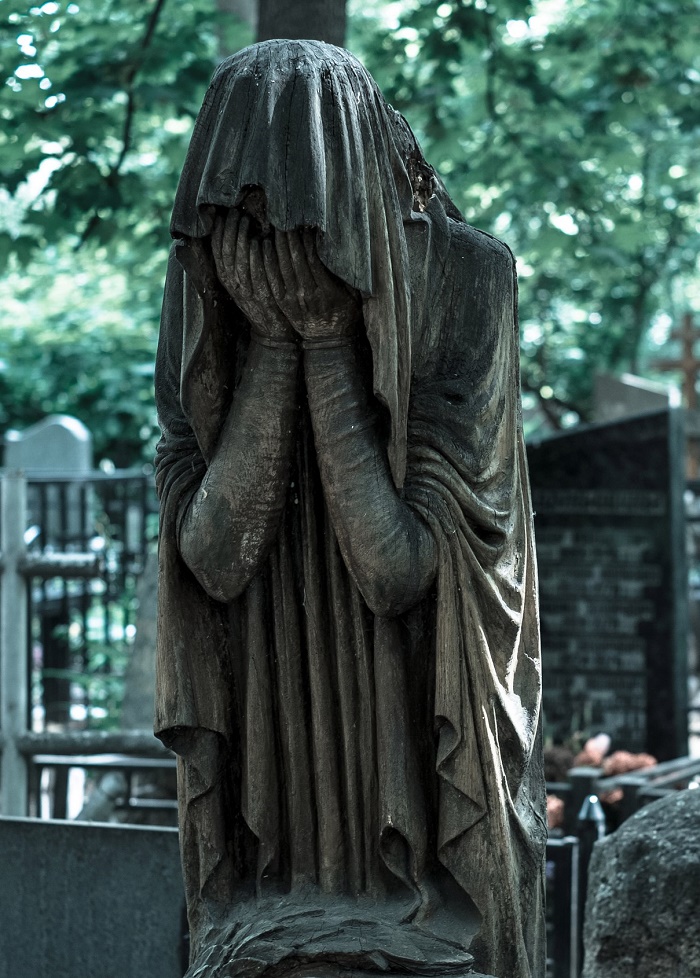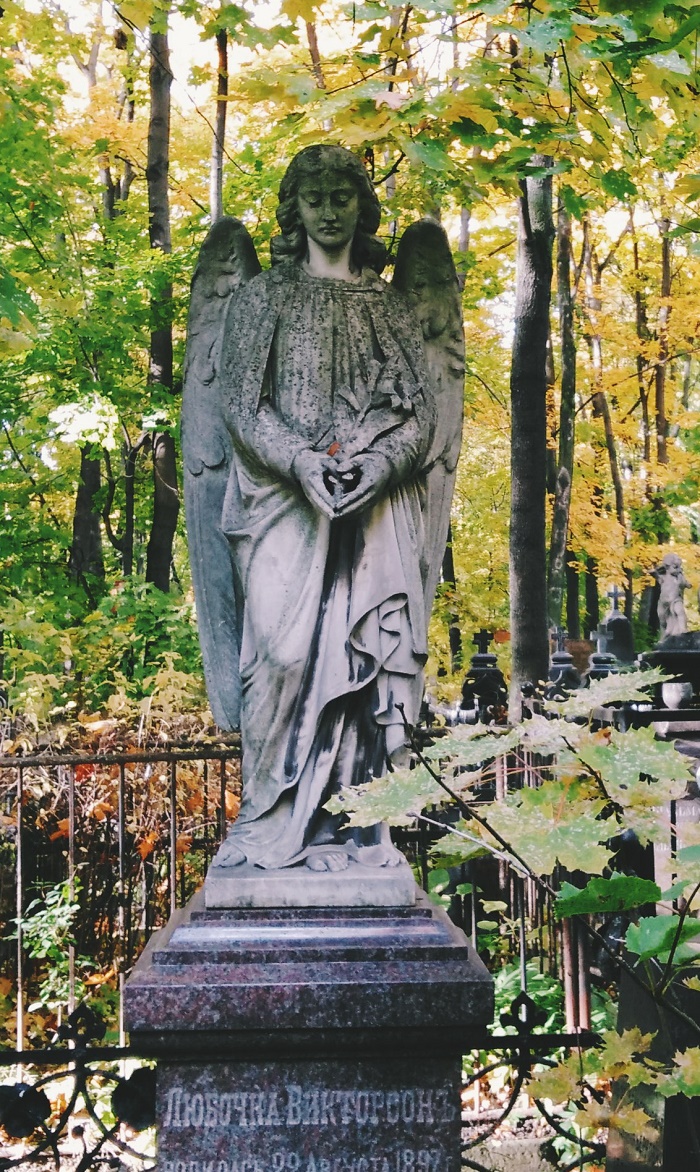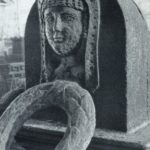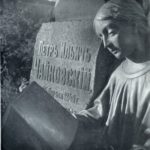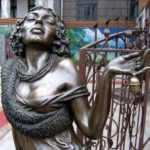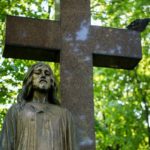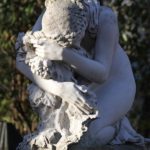Moscow necropolis – Vvedensky cemetery monuments

Moscow necropolis – Vvedensky cemetery monuments
The more I look at the monuments and sculptures, I come to the conclusion that the most touching and impressive monuments are in the cemeteries. For example Vvedenskoye cemetery, which, in addition, according to local residents, hides many secrets. A dead hand and a gravestone on wheels, underground catacombs and inscriptions on the crypt, a sacred “Vampirka” and a recipe for salad olivier blown to the grave.
One of the most picturesque, if I may say so, cemeteries of the capital emerged in 1771 during the Moscow plague. Initially, mainly people of the Catholic and Lutheran faith, popularly called “Germans” were burried here.
The patina of neglect, inherent in any churchyard, is special here – natural, lively, filled with romance. Along the avenues and paths stretch plaster vases and marble crucifixes, tombstones with Gothic inscriptions and unusual chapels, mournful female figures and angels with wings down. There is a special charm in leisurely walks along the Vvedensky cemetery. Squeezing between the fences and analyzing the inscriptions on the tombstones, you experience not only sorrow and despondency, but also the need to reflect, open the book, get acquainted with the stories hidden behind the monuments to the departed people.
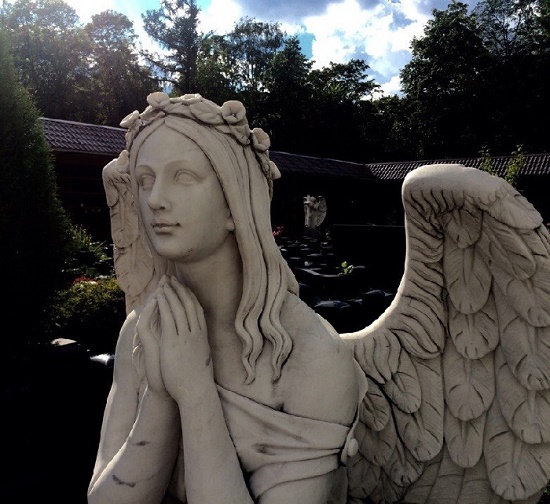
Its official name the cemetery got from the Vvedensky Mountain. However, people used to call it the Inverted cemetery, or the German one. Fenced with a brick fence area of 20 hectares became a slice of Western Europe on Russian soil. Since the time of Peter I, non-Orthodox Christians – Catholics, Lutherans, Anglicans were buried here. The cemetery land reconciled not only representatives of different faiths, but also those who fought each other in the battlefields. Passing through the southern gate, to the right of the central alley, you will see a mass grave of soldiers of the Napoleonic army. And to the left of the alley is an obelisk in memory of Russian soldiers who died of wounds received in the Borodino field.
Meanwhile, the singing of nightingales and the rustle of age-old trees, and autumn leaves and the grinding of the janitor’s shovel disturb the silence of the Vvedensky cemetery. An impressive man in these sounds seem to talk to those who left this world. This is not surprising: Vvedenskoe cemetery contains many secrets and legends. And one of the legends is connected with a native of Scotland, General Gordon – a comrade-in-arms of Peter I, a lover of a drink and tricks. At the beginning of the 20th century, someone tore out the pages of the cemetery book indicating the location of the tombstone of the Scotsman. Since then, the general is wandering the alleys in search of a lost grave, knocking his heels and scaring the visitors with screams in the guttural Gaelic dialect.
Another legend says that under the cemetery Vvedensky Hill there is a whole city, consisting of many dungeons and catacombs. One can enter the underground “Introductory” only through one of the ancient vaults. But what the crypt and in which part of the cemetery it is, no one knows. But well known is the history of the priest, whose grave is decorated with a white marble cross and a mournful statue of an angel. According to his contemporaries, the priest had a beautiful dramatic baritone. Once he, they say, beguiled by a demon, settled in the opera and began singing on stage. The success was incredible, but soon the voice of the maestro disappeared, and then his legs hurt, and he couldn’t walk. The priest suffered for a long time, accusing himself of betraying the Lord, and died only when he begged forgiveness.
However, the most sad is the story of the spouses of Leon and Sophiae Plau, buried in one grave. The husband was engaged in the supply of iron and cast iron to Russia, and a stunningly beautiful wife ran a glove shop on the Kuznetsky Most. Once the husband suspected his wife of treason that she secretly meets with her lover. Leon ordered a carver figure of a stone in the form of a half-dressed woman, sneaking on a date. When the composition was ready, the husband came home and killed his wife first, and then – himself. The sculpture became a tombstone monument. An attractive lady in a negligee once clutched a stone rose in her hands, whose petals fell on the grave. The vandals broke off the rose, but now the statue always keeps a living flower brought by someone from the visitors.
Vampirka (Vampire place)
Engineer Maximilian Erlanger brought to Russia the first steam mill and built a combine in Sokolniki, which now produces rye and wheat bread. The burial vault of the “flour king” was built according to the project of architect Fyodor Shekhtel. Inside – the fresco of the artist Petrov-Vodkin illuminated by the lamp. Christ in colored clothes scattered grain on a plowed field. The plot reminds people that they must sow good deeds. According to many, the icon is miraculous, and the desires written on the wall of the crypt will necessarily come true. That’s why the walls of the chapel are full of pencils and felt-tip pen messages. People turn to Jesus with requests for good work and a desire to earn big money, about healing from drunkenness and the return of a loved one.
In recent years, “Vampirka” has become a sacred place for representatives of the Gothic subculture. Meanwhile, the Goths talk about a special power that the cemetry produces. In particular, this power gives them strength, the aesthetics of death and the lure of the secrets of the afterlife. Judging by the mysterious anagrams, the inscriptions with the word “Apocalypse” and scattered pigeon feathers, here they arrange ritual orgy like “black mass” and “balls of Satan”. Several years ago, the administration of the Vvedensky cemetery had to strengthen the security and equip the territory with a video surveillance system. However, the Goths still appear, especially on the eve of November 1 – All Saints’ Day and Halloween. By the way, on November 2, on the Day of All the Dead, the representatives of the Roman Catholic Church, led by the Cardinal, hold a solemn mass and a procession at the Vvedensky Cemetery.
The Door to the Hereafter
On the grave of Georg Lyon and Alexandra Rozhnova stands a semicircular colonnade with a mosaic panel – a copy of the painting “The Island of the Dead” by artist Arnold Beklin. Towards the cemetery gates, located among the hills, a boat swims, in which there are two – a rower and a woman wrapped in white cloth. It is not difficult to decipher the symbols. The image of the mountains embodies the realm of the dead – Hades. The boatman Charon carries a soul wrapped in a shroud across the Styx River.
On the tombstone of the winemaker Philippe de Pre, you can read the message expressed in the language of the mysterious cemetery symbolism. In fact, the marble tombstone is an ancient Roman temple portal. The left and right are the branches of the fern, personifying infinity. Six-pointed stars – hexagrams – reminiscent of the six days of the creation of the world. One star – framed with a wreath of roses. Traditionally, Rose in the funerary culture means victory over death, transience and frailty of life. Meanwhile, on the night of the full moon between the stars the rays are shining, forming a bright Latin cross on the marble. The whole composition is nothing more than a door to enter the afterlife and exit outside the hour of resurrection.
In 2008, during the inventory of orphaned burials and the re-registration of documents at the Vvedensky cemetery, found the grave of Lucien Olivier, a French chef who kept the Hermitage restaurant in Moscow. The inventor of the famous salad lived only 45 years. Recipe for his miracle salad master kept in deep secrecy and carried with him to the grave. Often, the monument, installed at the burial site of Olivier, there are young people and girls. Students of culinary high schools and technical schools come here before the exams to enlist the support of the famous deli.
“Hasten to do good!”
Yet, the most revered grave in the Vvedenskoye cemetery is the tomb of the doctor Fyodor Gaaz. His motto was the famous phrase: “Hasten to do good!”.
Thus, Gaas refused to take money from poor people for therapy and gave the needy his own clothes. He insisted on the opening of infirmaries for prisoners, the separation of convicts from suspects, and the abolition of the haircut of the defenseless women. Also, Fedor Gaas invented shackles of a new type – lighter and trimmed inside with the skin.
Besides, the “holy doctor” spent all his money to ease the fate of the sick and prisoners. Moreover, he did not leave money even for his own funeral. Buried at the police’s expense, tens of thousands of people followed him. Meanwhile, erected on his grave monument resembles Golgotha - a stone symbolizing the mountain, and above – a cross. Interestingly, merciful “Gazz’s” shackles decorate the monument girded with chains. Traditionally, those who have freed themselves from places of deprivation of liberty, as well as citizens who suffered innocently, bring flowers here.
Moscow necropolis – Vvedensky cemetery monuments
